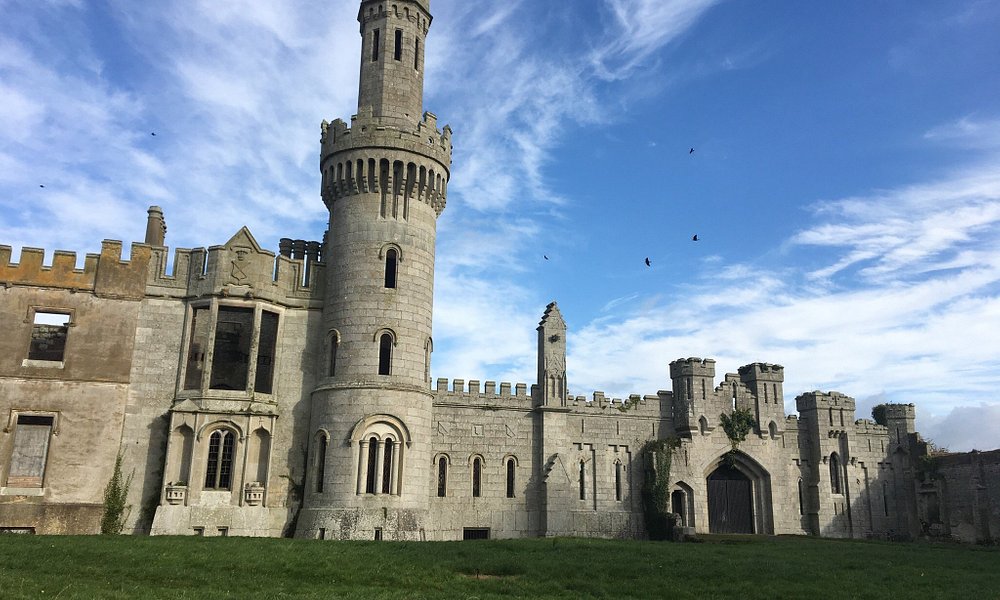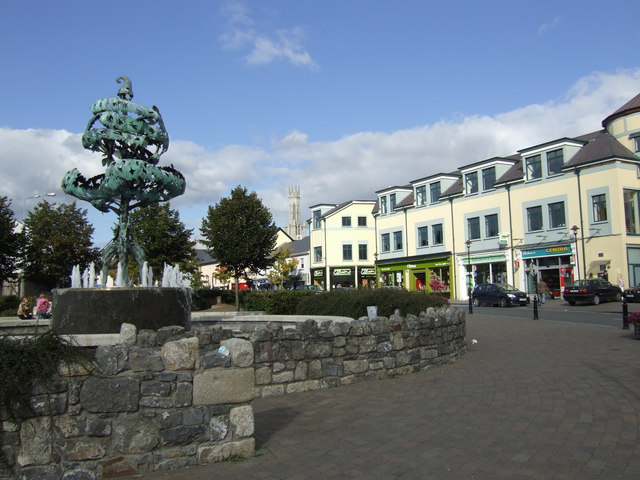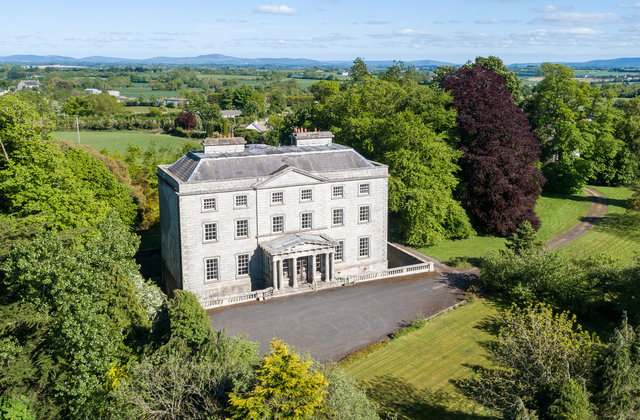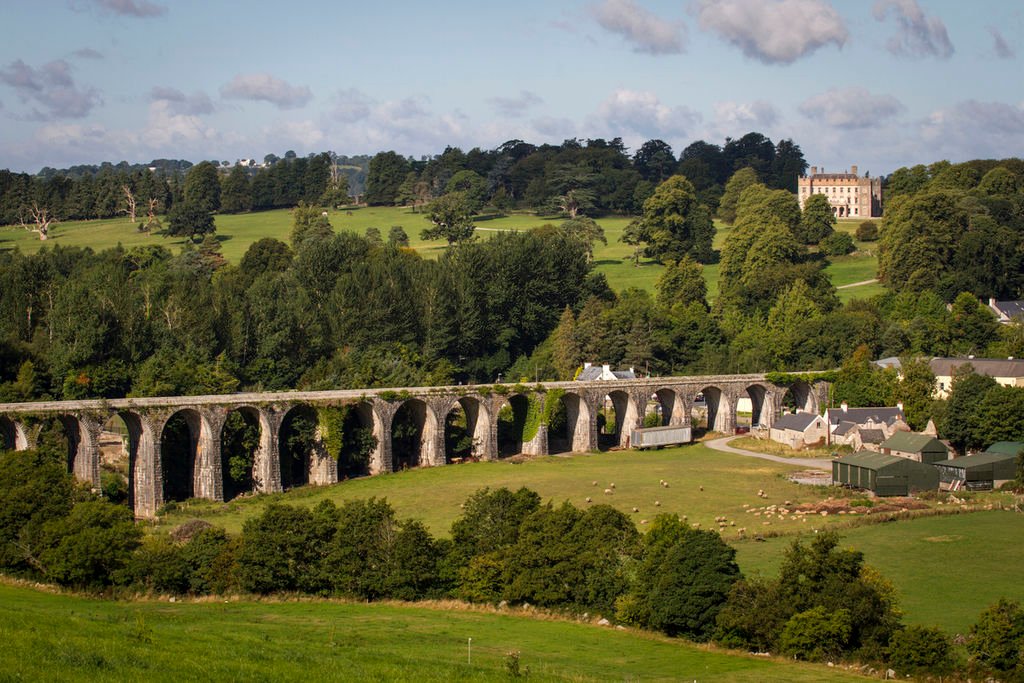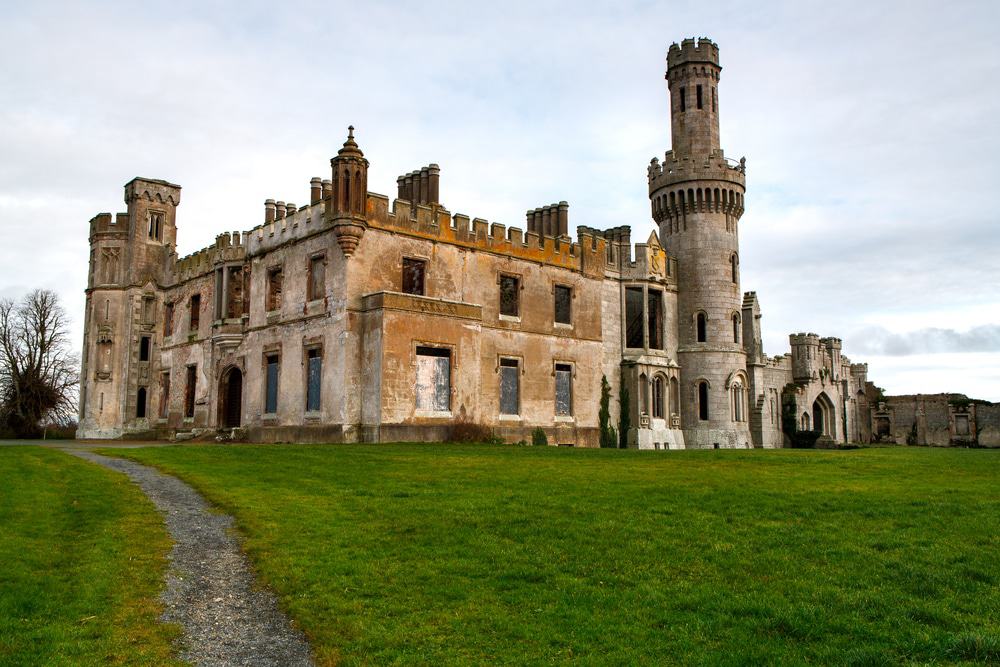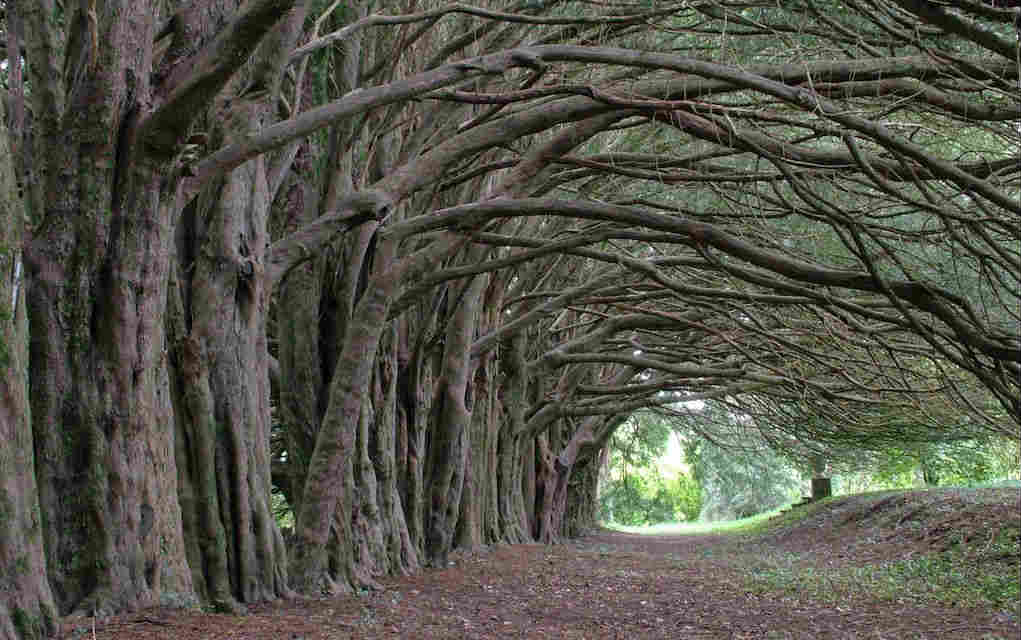Carlow is the county town of County Carlow, in the south-east of Ireland, 84 km (52 mi) from Dublin. At the 2016 census, it had a combined urban and rural population of 24,272.
The River Barrow flows through the town, and forms the historic boundary between counties Laois and Carlow. However, the Local Government (Ireland) Act 1898 included the town entirely in County Carlow. The settlement of Carlow is thousands of years old and pre-dates written Irish history. The town has played a major role in Irish history, serving as the capital of the country in the 14th century.
Places of interest
One of Carlow’s most notable landmarks is the Brownshill Dolmen, situated on the Hacketstown Road (R726) approximately 5 km from Carlow town centre. The capstone of this dolmen is reputed to be the largest in Europe.Brownshill DolmenWest side of Carlow Castle
Carlow Castle was probably built between 1207 and 1213 by William Marshall on the site of a motte erected by Hugh de Lacy in the 1180s. Only the western wall and two towers now survive. It is located on the banks of the River Barrow near Carlow town centre. The castle is now the centrepiece of an urban renewal programme.
Carlow Courthouse is situated at the end of Dublin Street. It was designed by William Vitruvius Morrison in 1830 and completed in 1834. It is built of Carlow granite and gives the impression of being a temple set on a high plinth. The basement contains cells and dungeons. A cannon from the Crimean War stands on the steps.
Carlow Town Hall is situated on the north side of the Haymarket, and was the trading centre for Carlow. A number of other markets were located around the town, including the Potato Market and Butter Market. The Town Hall was designed by the church architect William Hague in 1884.
Milford is a green area on the River Barrow approx 5 miles outside of Carlow town. It is notable as its home to Milford Mill, which was the first inland hydro-electrical plant in Ireland. It began supplying Carlow town with power in 1891.
The estate at Oak Park is located 3 kilometres (1.9 mi) north of Carlow.
Economy
Carlow industry has come a long way since the early 20th century, when the town became the centre of Ireland’s slow process of industrialisation with the creation of the Irish Sugar Company. Then at the cutting edge of industry in Ireland, the sugar factory opened in 1926 as a private enterprise and was eventually nationalised before reverting to private ownership. It closed on 11 March 2005 as the management of the parent company Greencore decided that it was no longer economical to run the factory nor was it viable to upgrade the facility. The country’s last remaining sugar plant at Mallow, County Cork closed in 2006.
One of the traditional, principal employers in Carlow was OralB Braun, which had a large factory producing mostly hair dryers and electric toothbrushes; however this closed in 2010. Burnside is also a large employer in the area; it produces hydraulic cylinders. The Institute of Technology is also a significant employer in the town. Since opening its doors in October 2003 Fairgreen Shopping Centre has also played a large part in employment in the area; Tesco, Heatons, Next, New Look and River Island are the main tenants. Nonetheless, the town shares problems associated with other provincial towns in Ireland – the inability to attract significant new industry. Pharmaceutical giant Merck & Co. intends to build a new vaccine manufacturing plant in Carlow.
Transport
The N9 road from Dublin to Waterford passed directly through the town until May 2008 when a bypass, part of the M9 motorway, was opened, greatly reducing traffic through the town. The N80 National secondary road skirts the edge of the town. The town is also connected to the national rail network. These transport links have helped Carlow to become a successful satellite town of Dublin in recent years. The establishment of the Institute of Technology, Carlow, has also helped drive growth in the area and encouraged many school leavers to remain in the town. Carlow railway station opened on 4 August 1846 and was closed for goods traffic on 9 June 1976[25], it remains open for public travel.
Education
Secondary schools serving the area include Gaelcholáiste Cheatharlach, Presentation College, Tyndall College (including the former Carlow Vocational School), Tullow Community School, St Leo’s College, and St Mary’s Knockbeg College.
Third-level institutions include the Institute of Technology, Carlow, Carlow Institute of Further Education, and St. Patrick’s, Carlow College. The latter, opened in 1793, was the first post-penal Catholic seminary constructed in Ireland. It is built in the form of a large country house and claims to be the seminary in longest continuous use worldwide.

